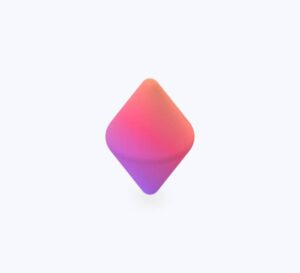Keras is an open-source deep learning framework designed to simplify the creation and deployment of neural networks. It provides an intuitive, user-friendly interface for building and training models while offering compatibility with powerful backends like TensorFlow, Theano, and Microsoft Cognitive Toolkit (CNTK).
Key Characteristics:
- High-Level API: Abstracts complex backend operations, making it easy to design neural networks with minimal code.
- Modularity: Models are constructed using modular building blocks like layers, optimizers, and loss functions.
- Backend Flexibility: Can run on multiple backends, although it is now tightly integrated with TensorFlow.
- Pre-Trained Models: Includes a library of pre-trained models (e.g., VGG16, ResNet) for transfer learning and fine-tuning.
Applications:
- Image Classification: Simplifies tasks like object recognition and facial detection.
- Natural Language Processing (NLP): Enables text classification, sentiment analysis, and sequence modeling.
- Time-Series Analysis: Supports tasks like forecasting and anomaly detection.
- Prototyping and Research: Widely used for quick experimentation in academia and industry.
Why It Matters:
Keras has become one of the most popular frameworks in the deep learning community due to its ease of use, rapid prototyping capabilities, and accessibility for beginners and experts alike. Its integration with TensorFlow ensures scalability for production-grade applications.



